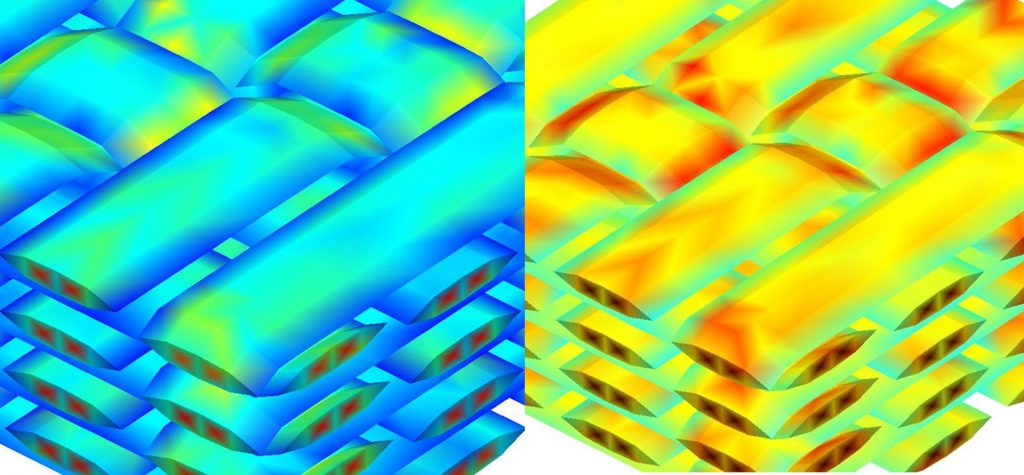Last week, German multinational conglomerate Siemens made two commitments to benefit its additive manufacturing software capabilities.
In the first instance, the company committed to the acquisition of virtual testing software developer MultiMechanics. Second, Siemens introduced Additive Manufacturing Path Optimizer (AM Path Optimizer) technology to its NX software offering.
Commenting on the latter development Zvi Feuer, SVP Manufacturing Engineering Software at Siemens Digital Industries Software, said, “AM Path Optimizer is the latest innovation in Siemens’ end-to-end additive manufacturing solutions, and one that we feel will have a great impact on the use of additive manufacturing for powder bed fusion manufactured parts.”
Indicating some of the broader aims of the company’s additive manufacturing initiatives, Feuer added, “The combination of NX for AM and our Simcenter AM technology within the Xcelerator portfolio provides our customers with key capabilities to assist manufacturers in designing and printing useful parts at scale, which is unmatched in the market.”
Terms of the MultiMechanics acquisition have not been disclosed, but the deal is tipped for completion by the end of this month.
Siemens to acquire MultiMechanics
Based in Omaha, Nebraska, MultiMechanics develops and provides the MultiMech material modeling and simulation software tool to help companies predict failure of manufactured products. Applying complex mathematical theory and analytics, MultiMech provides a digital twin of material properties and behavior, to detect failure from a microstructural level. The speed at which this is done is a key USP, with processes to make such precise simulations taking just 40 minutes, in place of typical run times in excess of 1,100 hours.

The MultiMech tool is applicable to a wide variety of manufacturing technologies, though additive manufacturing, as it seeks and utilizes new materials, is expected to be one of the immediate beneficiaries of the Siemens Simcenter integration. Jan Leuridan, SVP Simulation & Test Solutions at Siemens Digital Industries Software, comments, “The addition of this technology enables our customers to build a digital twin of materials, which will help to shrink the innovation cycle of new products and materials, possibly saving millions of dollars and several years in development and certification in aerospace, automotive and other sectors.
“Customers will have the ability to fully exploit the potential of advanced materials to optimize weight and performance in an efficient way that is not possible with classical, test-based, approaches.”
Another recent Simcenter integration was Atlas 3D‘s Sunata print preparation software for DMLS.
A “first time right” solution
With Simcenter Additive Manufacturing Process Simulation, Siemens pursues “first time right” 3D prints, aiming to eliminate the trial and error process of producing accurate parts. With this software solution, additive manufacturing users are given the tools to predict and compensate for distortion caused in parts during the printing process.
Also complementing a digital twin strategy the new AM Path Optimizer builds on the capabilities Simcenter Additive Manufacturing Process Simulation, helping customers to solve overheating challenges, reduce scrap material and increase production yield in metal 3D printing.

Leading German metal additive manufacturing provider TRUMPF is the first beta-tester for the tool. According to Jeroen Risse, AM Expert at TRUMPF, “In our demonstrations [of AM Path Optimizer] we saw an improvement of geometrical accuracy, elimination of re-coater errors caused by overheating, as well as a more homogenous surface quality. Also, the scrap rate is expected to be reduced significantly.”
Before the tool is made commercially available, Siemens is seeking other early adopters to help prove the AM Path Optimizer solution.
For all of the latest 3D software and investment news subscribe to our newsletter, you can also follow us on Twitter for to-the-minute updates.
Seeking a career change? Search 3D Printing Jobs now.
Featured image shows MultiMechanics advanced material modeling and simulation software. Image via Multimechanics


